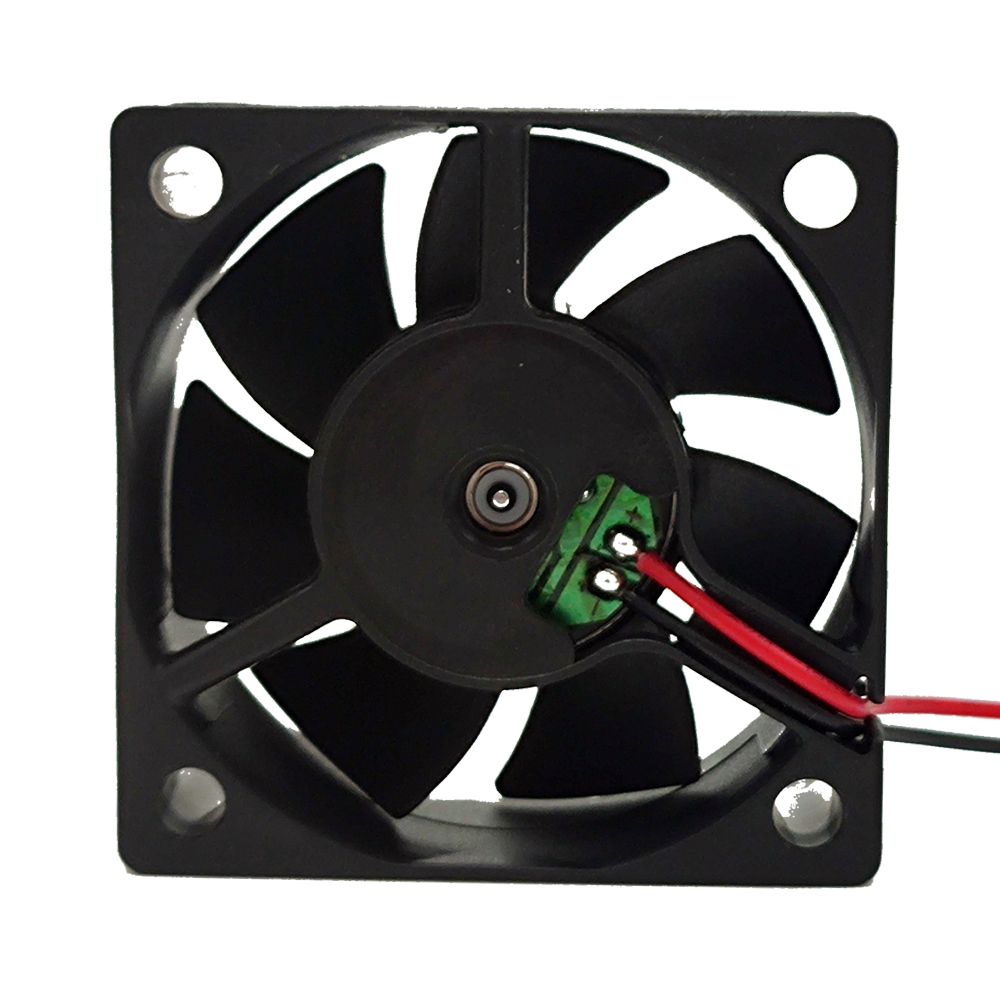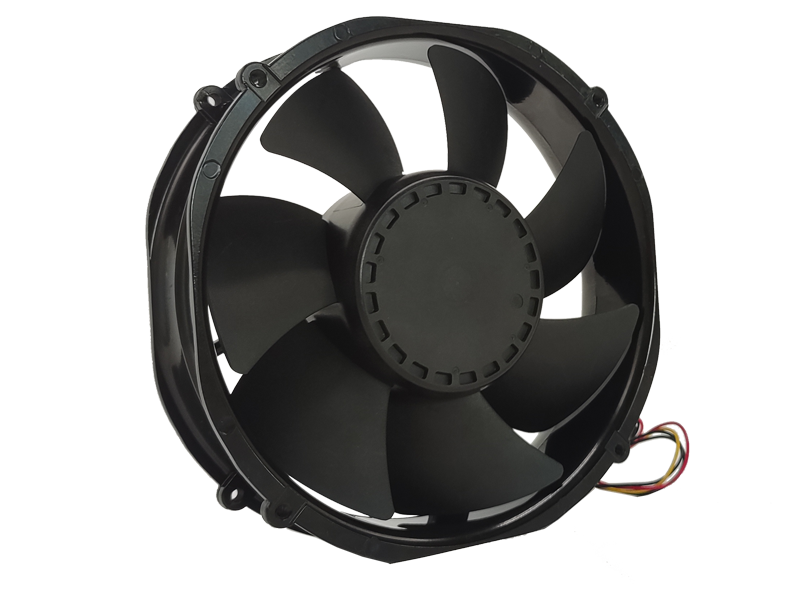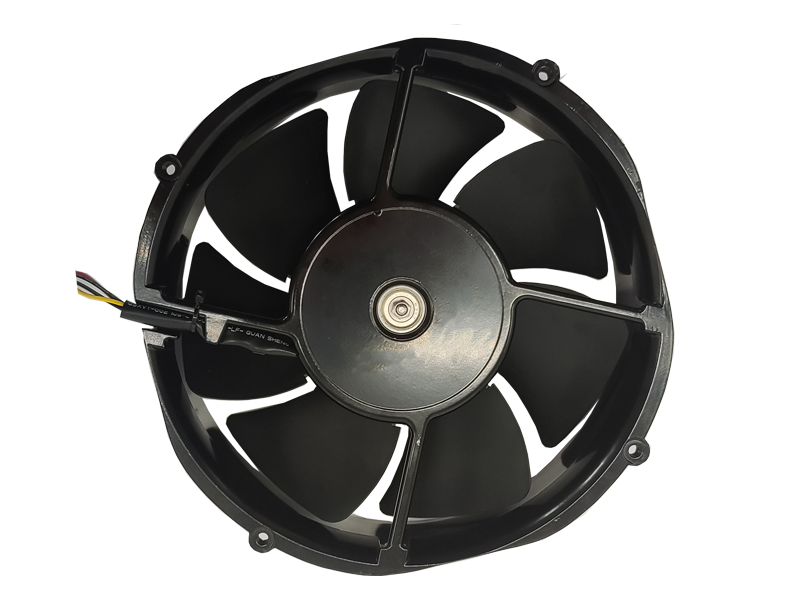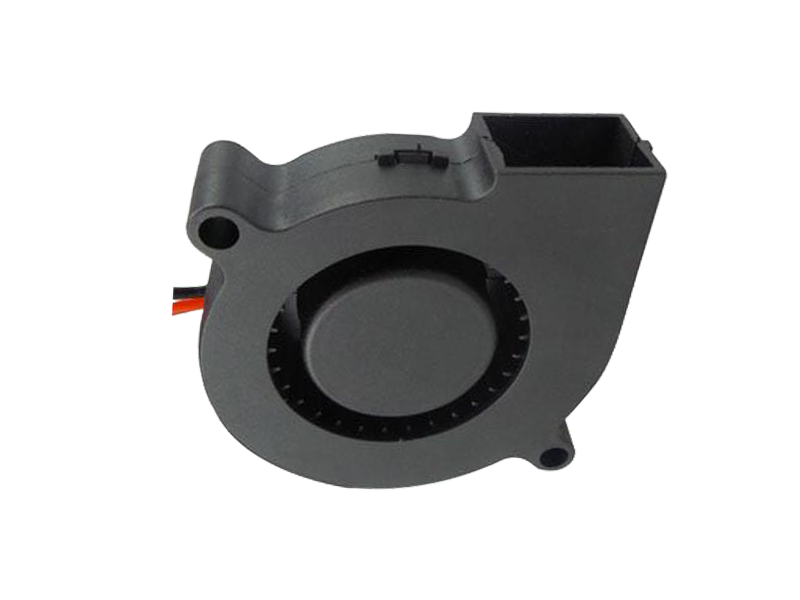Industrial fans are ubiquitous in modern manufacturing and commercial spaces, supporting ventilation, cooling, and air circulation. As industries grow in scale and complexity, the role of industrial fans in enhancing operational efficiency has become more significant than ever. Product managers, engineers, and businesses must recognize how these devices contribute to overall efficiency, and ensure that their designs meet the evolving needs of various industries. This article delves into the role of industrial fans in improving operational efficiency and the design strategies required to meet industry demands.
1. The Importance of Industrial Fans in Operations
Industrial fans are crucial for maintaining optimal environmental conditions in large-scale operations. Whether in manufacturing facilities, warehouses, or commercial HVAC systems, fans facilitate airflow to regulate temperature and humidity, ensuring equipment operates efficiently and personnel work in a safe, comfortable environment. Poor airflow can result in overheating equipment, diminished productivity, and increased energy consumption.
1.1 Cooling and Ventilation
In manufacturing facilities, industrial fans help cool machinery and regulate temperatures to prevent overheating. Overheated equipment can lead to production delays, increased wear and tear on machines, and even equipment failure. Fans also assist in removing heat from confined spaces, ensuring that workers are not exposed to harmful temperatures.
1.2 Air Quality and Safety
Air circulation is critical for maintaining air quality in environments where chemicals, dust, or fumes are produced. Industrial fans are used to exhaust hazardous gases, particles, and fumes, thus ensuring a safer work environment. This is particularly important in industries like mining, pharmaceuticals, and food processing, where air quality is directly linked to both safety and product quality.
1.3 Reducing Energy Consumption
Industrial fans play a crucial role in energy optimization. By improving airflow and ventilation, they help maintain constant temperatures and reduce reliance on air conditioning and heating systems. In cold climates, for instance, they can help circulate warm air, preventing temperature stratification in high-ceiling spaces, leading to reduced heating costs.
2. Design Strategies for Enhancing Efficiency
2.1 High-Performance Motors
The motor is the heart of any industrial fan, and the selection of the motor directly impacts the fan’s performance and energy efficiency. Traditional motors can be inefficient, leading to excessive energy consumption. On the other hand, modern fans use variable-speed motors that adjust the fan’s speed according to demand. This ensures the fan uses the least amount of energy necessary for the current operation, optimizing energy efficiency.
2.2 Blade Design and Aerodynamics
The design of the fan blades is another critical factor in improving operational efficiency. By optimizing blade shape, material, and angle, manufacturers can enhance airflow and reduce energy consumption. Fans that incorporate aerodynamic principles are more effective at moving air without excessive resistance, resulting in higher performance at lower power consumption.

2.3 Smart Control Systems
Integrating smart control systems into industrial fans can significantly improve operational efficiency. Through IoT connectivity, sensors can monitor factors like temperature, humidity, and airflow in real time, allowing the fan to adjust its performance dynamically. This means that fans can operate only when needed and at the required speed, minimizing energy usage and reducing wear on the system.
2.4 Modular Designs for Flexibility
In large-scale industrial environments, modular fan systems are increasingly popular. These fans can be customized to meet the specific needs of different parts of the facility, allowing for more targeted air circulation. Modular systems can be expanded or reconfigured as operational demands change, providing flexibility and scalability.
3. Meeting Sustainability Standards
As businesses face increasing pressure to reduce their environmental impact, sustainable industrial fan designs have become a priority. Product managers must integrate energy-efficient technologies, such as variable frequency drives (VFDs), high-efficiency motors, and durable materials that extend the product lifespan. Furthermore, selecting recyclable materials for fan construction and ensuring that products are designed with easy end-of-life disassembly are essential in meeting global sustainability standards.
4. Conclusion
The role of industrial fans in improving operational efficiency extends beyond basic cooling and ventilation. When designed with performance, durability, and sustainability in mind, these fans can enhance productivity, reduce energy consumption, and improve safety. Product managers in the industrial fan sector must stay ahead of technological trends and consumer demands to ensure their products meet the evolving needs of diverse industries.
Recommended Products

The main purpose:Car charging station

The main purpose:Car charging station

The main purpose:Electronic refrigerators, water dispensers, direct drinking machines, inverter power supplies
Address:No. 4137, Longgang Avenue (Henggang Section), Henggang Community, Henggang Street, Longgang District, Shenzhen
hotline:13530005572(Chen)15112579390(Li)


Welcome all friends to come for consultation and negotiation.
Copyright 2024 @ Shenzhen Youneng Xinyuan Electronics Co., Ltd.,(industrial fans,industrial blowers,axial fans,cooling fans manufacturer,centrifugal fans,ac cooling fans,dc cooling fans)